A piece of land is not merely an area measured by square kilometers; sometimes, that land is the guarantee of a nation’s struggle for existence, dignity and freedom. The Gallipoli campaign during World War I was one of the most defining moments in Turkish history.
On March 18, 1915, the fate of the Turkish nation was shaped on the Gallipoli Peninsula, where the Ottoman forces, despite facing one of the strongest naval powers of the time, stood firm in defense of their homeland. This was not merely a military confrontation; it was an effort by a people striving to build their independent future amid the collapse of an empire.
What happened on March 18?
The battle began on March 18, 1915, when the British and French navies launched a large-scale naval assault to seize control of the Çanakkale Strait, aiming to open a supply route to Russia and ultimately capture Istanbul. The Allied fleet, armed with the latest technological advancements, attempted to break through Ottoman defenses.
However, with limited resources but an unyielding spirit, the Ottoman side managed to resist. One of the turning points was the strategic placement of naval mines by the Nusret Mine Ship, which led to the sinking of several Allied warships, including the HMS Ocean and HMS Irresistible, forcing the invaders to rethink their strategy.
Following the failure of the naval attack, the Allies launched a land invasion on April 25, 1915, targeting key locations along the Gallipoli Peninsula. British, French, Australian and New Zealand Army Corps (ANZAC) troops landed at various points, including Anzac Cove and Cape Helles.
However, Ottoman forces, under the command of Mustafa Kemal (later Atatürk), lieutenant colonel, put up fierce resistance. Mustafa Kemal’s famous order to his troops, “I do not order you to attack; I order you to die,” epitomized the determination of the Ottoman soldiers. His leadership was crucial in preventing the Allies from advancing further into the peninsula.
As the months dragged on, the Gallipoli front became a grueling war of attrition. Soldiers on both sides endured harsh conditions, facing disease, hunger and constant bombardment. Despite the technological superiority of the Allies, Ottoman soldiers employed clever defensive tactics, including using fake trenches, wooden cannons and surprise counterattacks. This defensive ingenuity prolonged the battle, making it one of the longest and most brutal confrontations of World War I.
By the end of 1915, it became clear that the Allied campaign had failed. Unable to break through the Ottoman defenses, British and French forces began their withdrawal in December, completing their retreat by Jan. 9, 1916. The Ottoman victory at Gallipoli not only prevented the fall of Istanbul but also boosted the morale of the empire, proving that strategic intelligence and determination could overcome superior firepower.
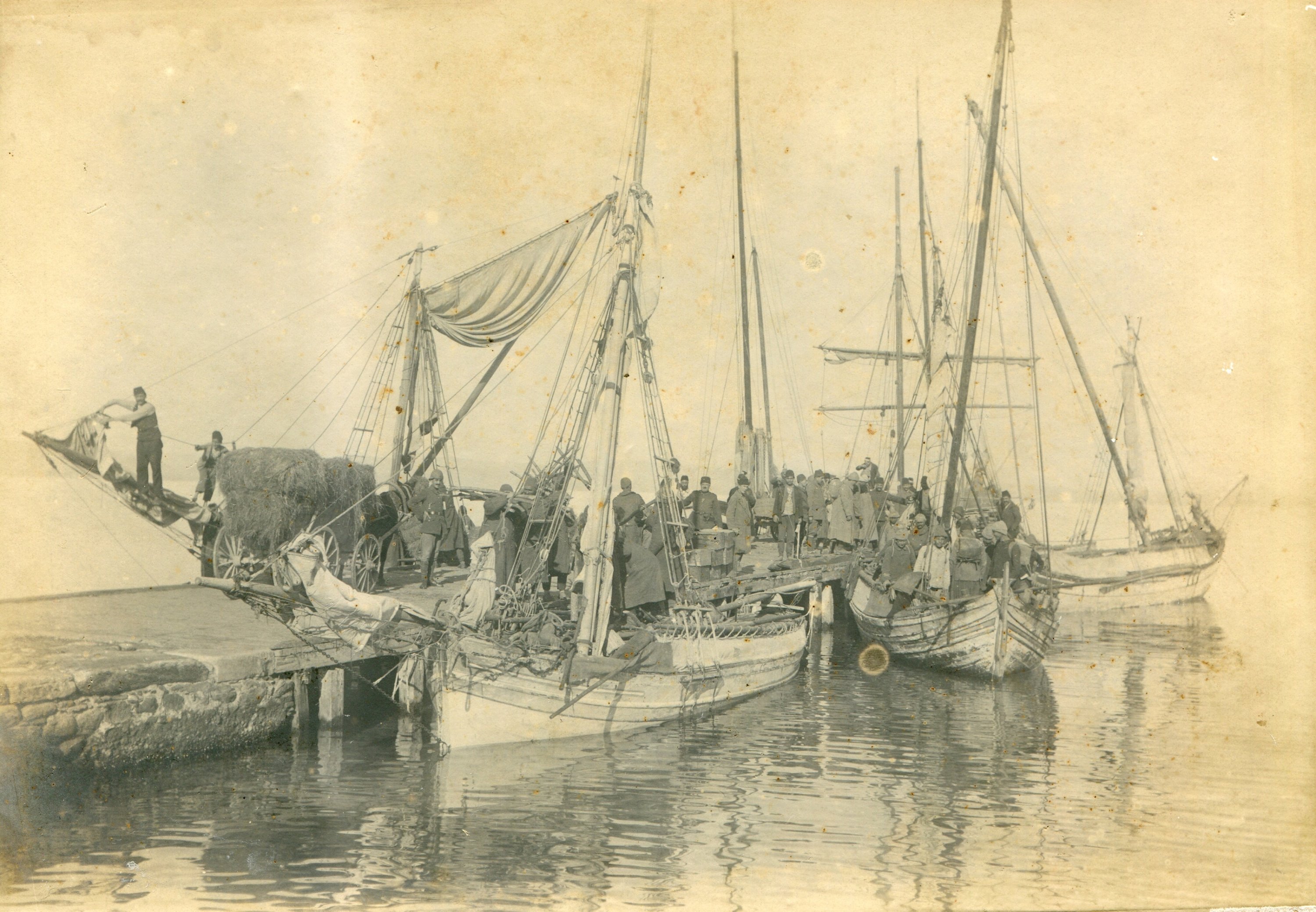
The moment of triumph
The victory at Gallipoli had far-reaching consequences for both Turkish and world history. For the Ottoman Empire, it was a rare moment of triumph in a war marked mainly by defeats. The campaign solidified the resilience of the Turkish nation and demonstrated the potential of a united resistance. This spirit of defiance and determination later played a crucial role in inspiring the Turkish War of Independence and the foundation of the Republic of Türkiye under Mustafa Kemal Atatürk.
On the global stage, the failure of the Allies at Gallipoli altered the course of World War I. The inability to secure the Dardanelles meant that Russia remained isolated, struggling with internal turmoil that would eventually lead to the 1917 Bolshevik Revolution. Additionally, the heavy casualties suffered by Australia and New Zealand led to a re-evaluation of their national identities, giving rise to the ANZAC legend, which remains a defining part of their histories.
Gallipoli was more than just a military confrontation; it was a testament to the resilience of a people determined to protect their homeland. It was a battle that shaped the destiny of Türkiye, reaffirming its sovereignty and serving as a defining moment in its national consciousness. The legacy of Gallipoli continues to inspire future generations, symbolizing the unwavering spirit of the Turkish nation.

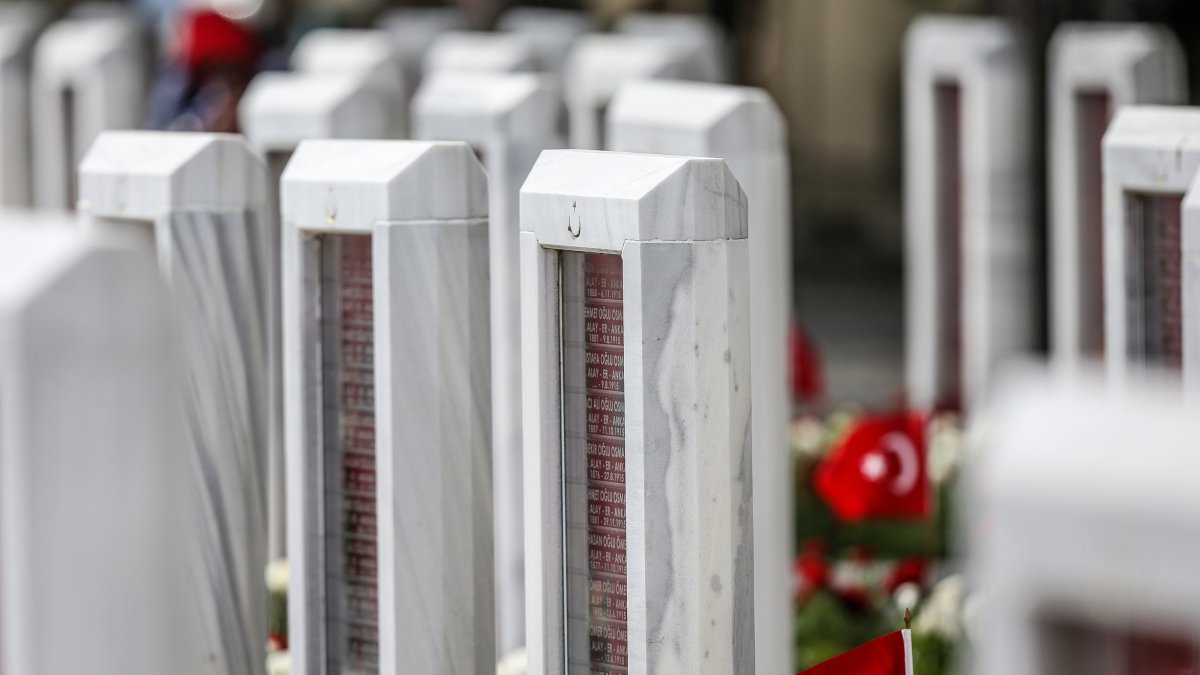





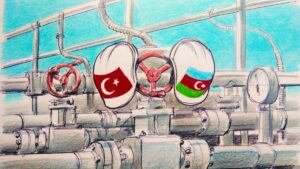














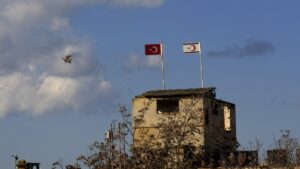





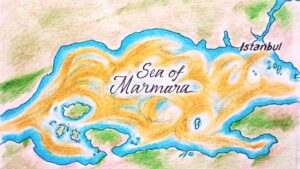















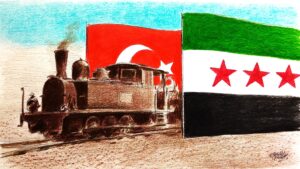




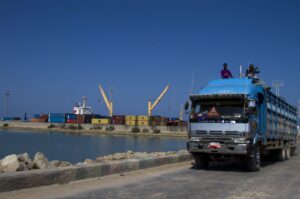


Be First to Comment